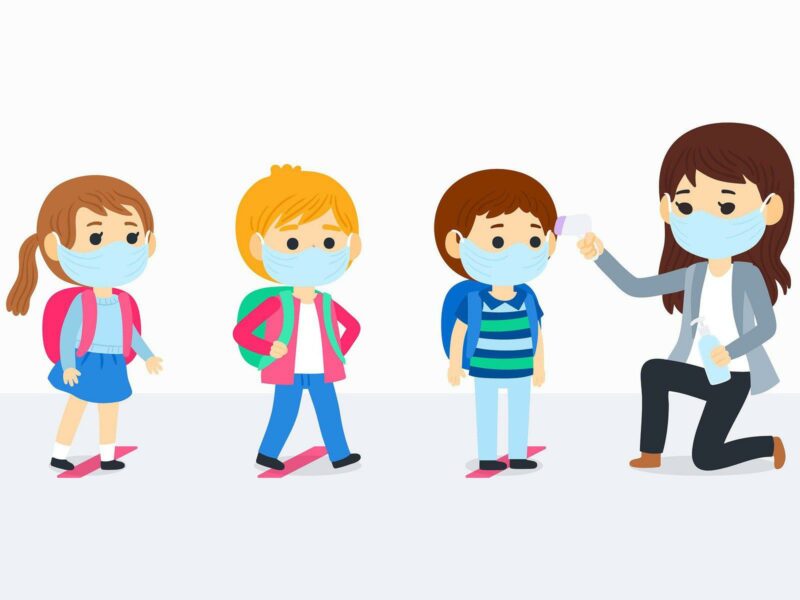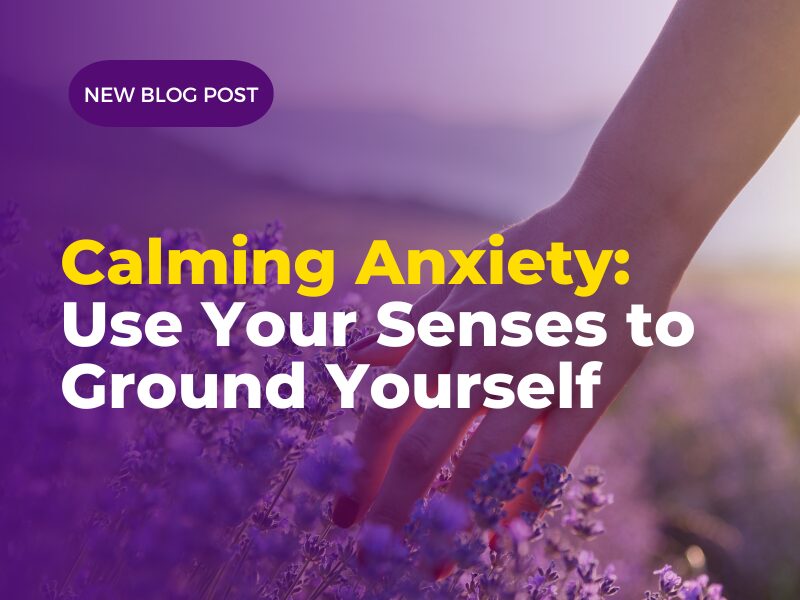Tips for Coping with Mask Anxiety


With the new normal of wearing a mask and the reality that many of us and our children need to attend our jobs and school, a whole new area of anxiety has come to be – mask anxiety.
Although for adults it can be easier to understand the need and importance of wearing a mask, many of our youth are not developmentally able to understand the high importance of this need. Along with constant debate shown on social media and that there are still a large amount of adults who are not modelling wearing a mask, it can certainly be confusing for a developing mind and with confusion, fear can be close behind.
Here are some tips from KidsHealth that can help parents and/or guardians for youth having difficulty with mask wearing.
Help your child get used to the mask - Practice wearing the mask around the house or when going for a walk. Teach them how to put them on and take them off.
Encourage your child to decorate their mask - Depending on the mask, kids can draw on it, use different coloured fabric glue, stickers, etc.
Make them together - If you make masks or fabric face coverings, let your child help to the best of their abilities. Letting them pick out their own fabric can also help engage them.
Help make it fun - With younger youth, you can introduce a sense of imaginary play. They can pretend to be a nurse or a doctor and can help take care of a stuffed animal or doll.
Have some masks available as they play - For example, having them put a mask on a stuffed animal not only teachings them the proper way to put a mask on, but can introduce questions to further clarify their understanding.
For those who have anxiety with wearing a mask (youth or adult), these tips from Psychology Today may be helpful:
Reminding yourself that masks are safe - Multiple studies have shown that wearing standard surgical masks (disposable) is no dangerous; they are not airtight and provide quite a bit of airflow.
Focus on your breathing - Breathe from your belly and take big, deep breaths and slowly exhale them. Practicing this with and without your mask will help you normalize it for yourself.
Practicing mindfulness - Bring yourself to the present. Notice when you have drifted to the future and are having anxious thoughts; trying grounding techniques can help you do this.
Desensitize yourself - Wear your mask at home for small increments of time and slowly increase the time you wear it.
Choose a style less likely to provoke anxiety - Fabric masks can be heavier and cause overheating whereas the disposable masks are usually lighter. Find a style or material that works best for you.
Not every tip will work for yourself or your family so of course it is always finding the best fit for you and your child. For more information, you can always access your community Public Health website.
Other resources:
- https://www.psychologytoday.com/ca/blog/erasing-stigma/202006/how-combat-mask-anxiety
https://kidshealth.org/en/parents/coronavirus-masks.html
- https://www.amazon.ca/Unique-Start-Feet-Apart-Returning/dp/B08FB2WLBR/ref=sr_1_1?crid=3KKIT31WZ4IX6&dchild=1&keywords=a+unique+start+from+6+feet+apart&qid=1598618754&sprefix=a+unique+star%2Caps%2C181&sr=8-1
- https://www.amazon.com/gp/product/B088VXBWD2?ie=UTF8&tag=thewaspos09-20&camp=1789&linkCode=xm2&creativeASIN=B088VXBWD2
- https://www.amazon.com/You-Cant-Bear-Hug-Air/dp/0578700670/ref=sr_1_1?dchild=1&keywords=If+You+Can%27t+Bear+Hug%2C+Air+Hug&qid=1602703823&s=books&sr=1-1
Instagram Feed
"Any time I had questions my worker would always help me, even if it was to go over a hydro bill or to understand an e-mail. She always picked up my call."












